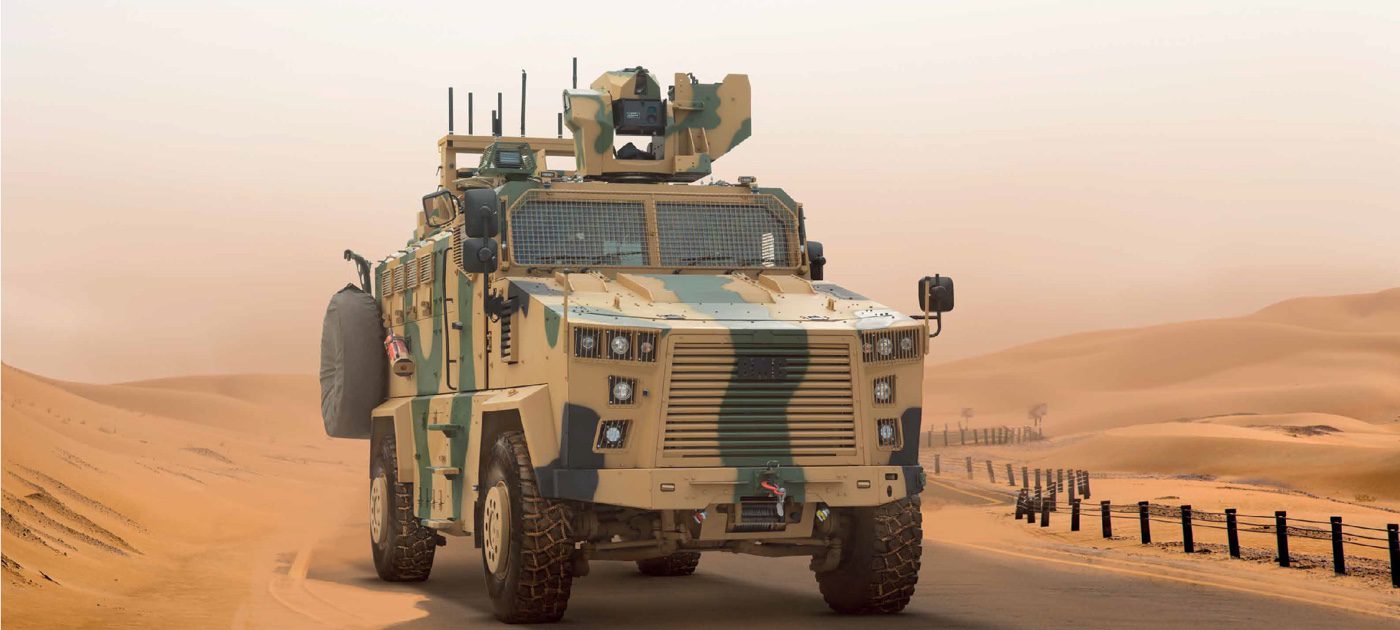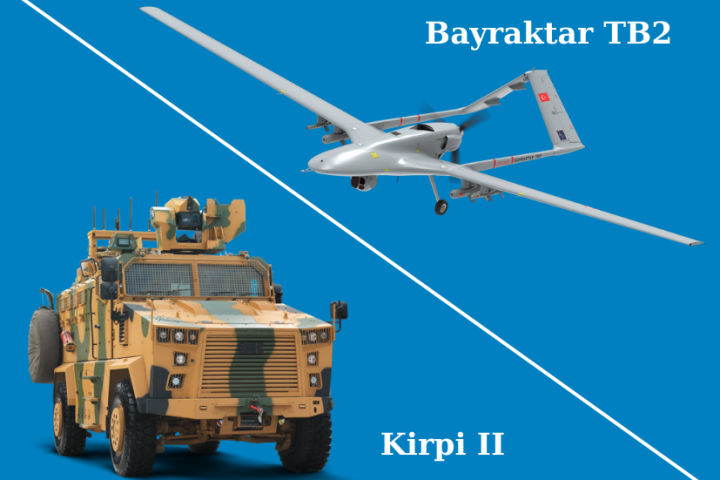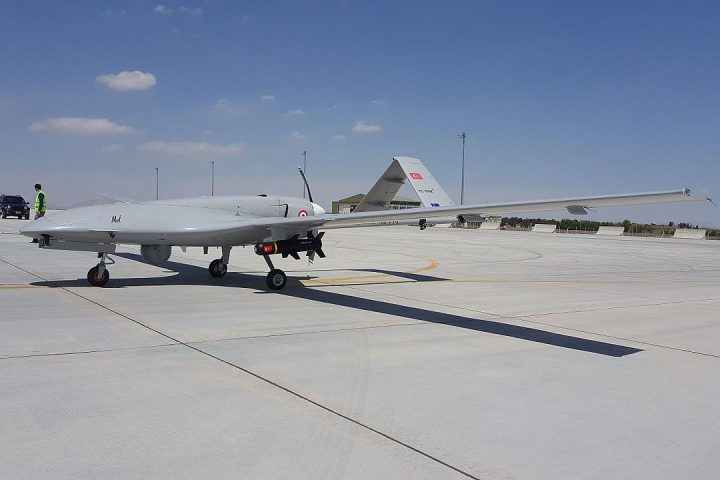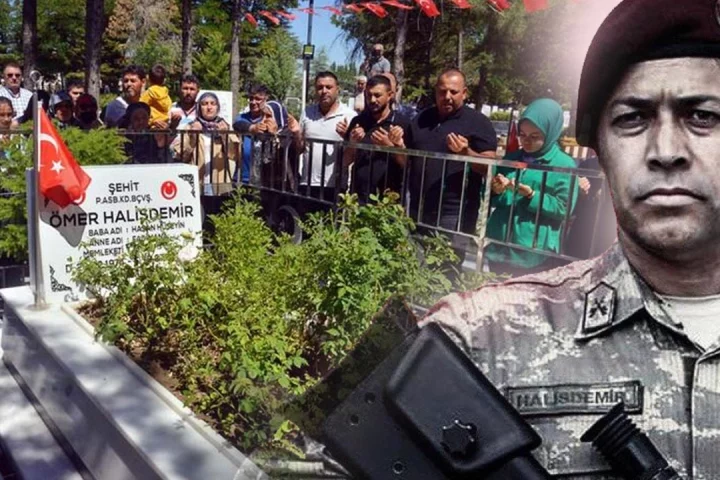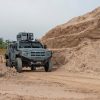The BMC Kirpi II is a Turkish Mine-Resistant Ambush Protected (MRAP) armored vehicle, designed to shield troops from mines, improvised explosive devices (IEDs), and ballistic threats. As an upgraded version of the original Kirpi model, it brings significant improvements in protection, mobility, and modularity—now making its way into the Balkans.
Origins of Development
The roots of the Kirpi stretch back to the early 2000s, when Turkey faced escalating security challenges, particularly in its eastern regions along the Iraqi border. Clashes with PKK (Kurdistan Workers’ Party) guerrillas often resulted in ambushes, IED attacks, and heavy casualties among Turkish forces.
At the time, the Turkish military relied heavily on outdated BTR-80 armored vehicles and surplus trucks, which offered inadequate protection against modern threats. The urgent need for a domestic, survivable platform led Turkey’s defense industry to step in. The task of developing an indigenous MRAP was entrusted to the BMC company.
Thus, the Kirpi I—meaning “hedgehog” in Turkish, symbolizing resilience and defense—was born.
Kirpi I: The First Generation
Unveiled in 2009, the Kirpi I introduced several key features:
- V-shaped hull to deflect mine blasts.
- Ballistic protection meeting NATO STANAG standards.
- Manned, later upgraded to remotely operated, weapon stations.
The Kirpi I made its combat debut along the Iraqi border and during Turkish operations in northern Iraq against PKK militants. Over time, it became a staple of Turkish forces deployed in:
- Former Yugoslavia
- Iraq
- Syria
- Domestic counterinsurgency operations
The Need for Upgrades: Why Kirpi II Was Born
Although the Kirpi I proved effective, it soon became clear that improvements were necessary in several areas:
- Mobility: The first model was too heavy and sluggish in mountainous regions.
- Command and information systems: Needed better integration for modern operations.
- Modularity: Flexibility for different mission profiles such as medevac or command posts.
- Protection: The evolving threat of drones, anti-tank missiles, and advanced RPGs called for stronger defenses.
Kirpi II: A New Era of Protection
Launched between 2018 and 2019, the Kirpi II brings substantial enhancements:
- Stronger engine: 375 HP Cummins turbo diesel.
- Improved suspension: Independent 4×4 setup.
- Enhanced armored capsule: Higher survivability against IEDs and ballistic projectiles.
- Remote-Controlled Weapon Station (RCWS): Combat capabilities without exposing the crew.
- CBRN defense system: Protection against chemical, biological, radiological, and nuclear threats.
- Mission “Black Box”: Data recording for battlefield analysis.
- Modular design: Quick conversion for various operational needs.
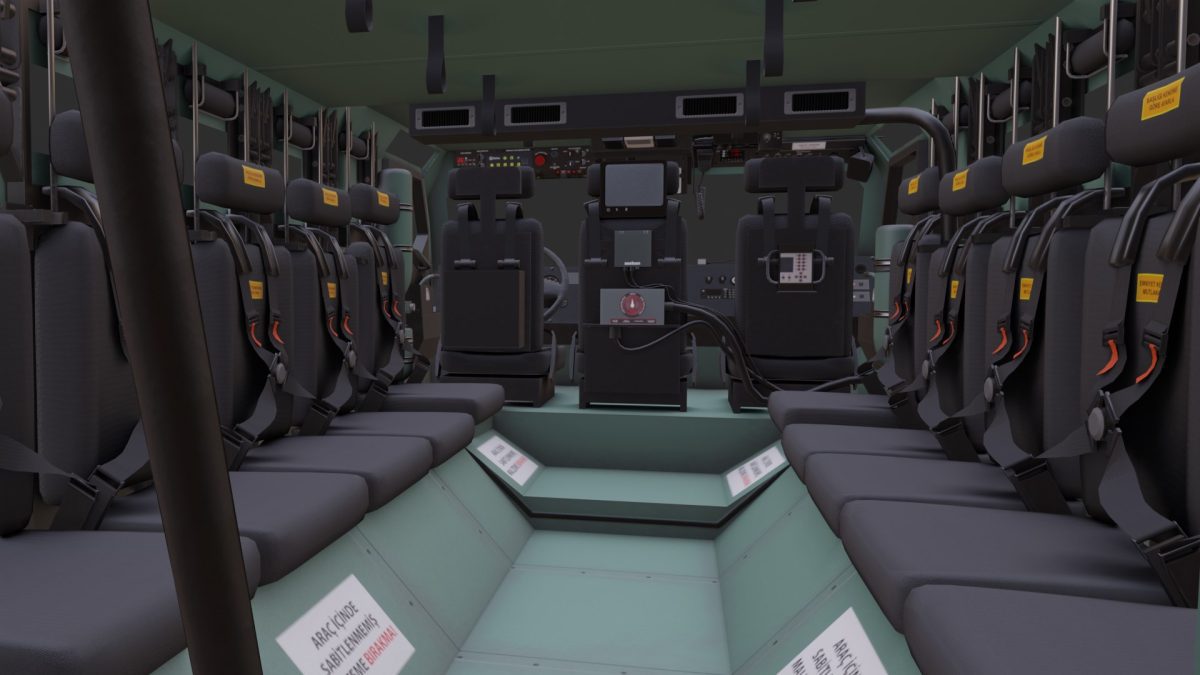
Powertrain
At its heart, the Kirpi II uses an American-built Cummins ISL9E3 turbo diesel:
- 8.9L, 6-cylinder engine
- 375 HP at 2100 RPM
- Max torque: 1550 Nm between 1100–1400 RPM
- Allison 3000 automatic transmission (6 forward speeds, 1 reverse)
- 4×4 drivetrain with independent suspension and differential locks
Protection Features
True to its MRAP classification, the Kirpi II prioritizes troop survival:
- Ballistic protection: STANAG 4569 Level 3 (withstands 7.62×51mm NATO rounds at 30 meters).
- Mine/IED protection: STANAG Level 4a/4b (survives 10 kg TNT explosions under wheels or hull).
- V-shaped hull: Deflects explosive forces away from the crew.
- Spall liner: Prevents internal fragmentation.
- Explosive detectors & automatic fire suppression.
- CBRN filtration and radio-jamming systems to counter IED triggers.
Armament
The Kirpi II’s Aselsan SARP Remote-Controlled Weapon Station offers firepower without putting soldiers at risk. Configurations include:
- 7.62mm machine gun
- 12.7mm M2 Browning heavy machine gun
- 40mm automatic grenade launcher (AGL)
Additional features:
- Day/night optics
- Laser rangefinder
- Stabilized firing platform for shooting on the move
- Integrated Battlefield Management System (BMS)
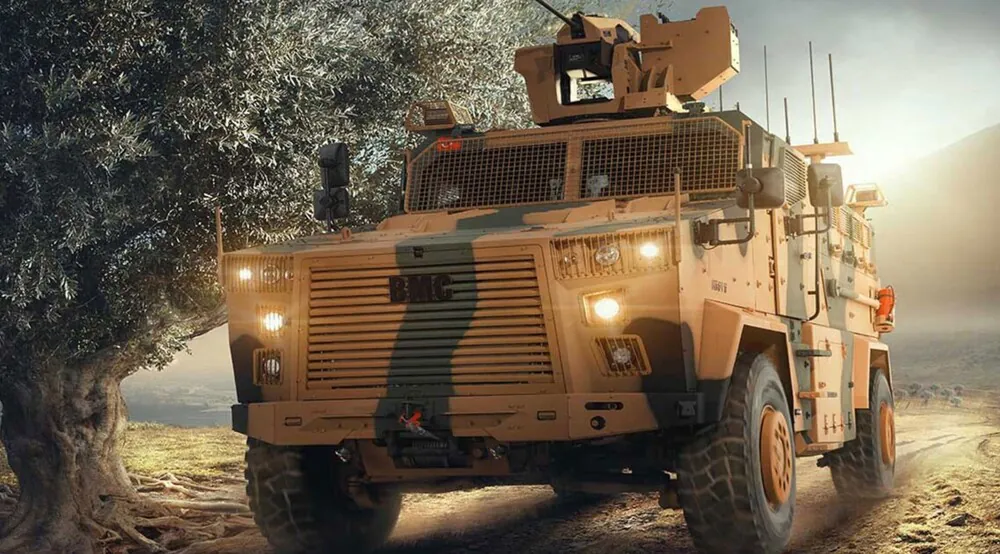
Combat Experience
The Kirpi II has proven itself across multiple theaters:
- Syria and Iraq: In operations against PKK and ISIS forces.
- Ukraine: Since 2022, more than 300 units have been delivered to aid Ukrainian defense efforts.
Strengths:
- High crew survivability, even in severe IED attacks.
- Spacious interior, ideal for troop transport and medical evacuation.
- Excellent performance in convoy protection missions.
Weaknesses:
- Large profile, making it vulnerable to FPV drones.
- Lacks factory-installed active protection systems (Ukrainian crews have improvised with anti-drone cages).
- Susceptible to heavy damage from very large IEDs (15+ kg), although the armored capsule often remains intact.
Current Operators
- Turkey
- Ukraine
- Bosnia and Herzegovina (recently acquired 4 units)
- Somalia (military and UN use)
- Qatar, Tunisia, Pakistan, Turkmenistan
Conclusion
The Kirpi II stands as a testament to Turkey’s evolving defense industry, combining battlefield lessons with advanced technology to create a highly survivable, modular, and exportable MRAP. Its arrival in the Balkans signals not only a boost in regional security but also Ankara’s growing influence in the region.
Tactical-Technical Specifications
Dimensions:
- Length: 7.375 meters
- Width: 2.865 meters
- Height: 3.81 meters
- Ground clearance: 400 mm
Performance:
- Top speed: 100 km/h
- Operational range: 750–800 km
- Max gradient climb: 60%
- Side slope handling: 30%
- Fording depth: 1.2 meters


